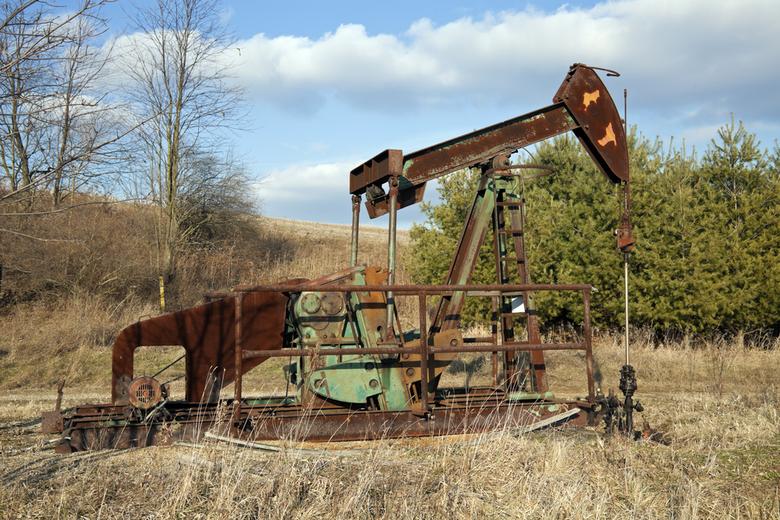
GLOBAL DEFAULT $50 BLN

Corporate borrowers across the world have defaulted on $50bn of debt so far this year as the number of delinquent companies accelerates at its fastest pace since the US emerged from the financial crisis in 2009.
The number of defaults rose by five in the latest week, including the first European company of the year, according to Standard & Poor's. Forty-six companies have defaulted since the year began.
The sharp decline in commodity prices, spurred by slowing global growth and lacklustre demand for base metals and crude, has weighed on oil and gas producers and miners. Nearly half of the defaults have occurred in these two industries, with companies such as Peabody Energy, Energy XXI and Midstates Petroleum all missing interest payments.
Oil prices, which have bounced off January's lows, remain more than 60 per cent below a 2014 peak. S&P forecasts about 4 per cent of subinvestment-grade US companies will default by the end of the year, more than double the number in 2014.
"Stress in the form of persistently low oil prices, the tightening of monetary policy by the Federal Reserve for the first time in nine years and slowing global growth likely will produce more defaults in the next 12 months," said Diane Vazza, an analyst with S&P.
The latest defaults include Norwegian paper producer Norske Skogindustrier and US miner Cliffs Natural Resources.
The rebound in equity and fixed-income markets has alleviated some pressure on junk-rated groups — those companies that have double B plus or lower ratings from one of the big credit agencies.
Capital markets have slowly reopened, while spreads — the difference between the yield on a corporate bond and a similarly dated benchmark Treasury — have contracted, reducing borrowing costs for companies seeking to sell new debt.
Yields on junk bonds have fallen below 8 per cent from more than 10 per cent in February, according to Bank of America Merrill Lynch. The average bond in the Merrill index now trades at 91.5 cents on the dollar, up from a low of 83.6 cents in February. Yields fall as bond prices rise.
But investors are reluctant to characterise the rebound as tenable. The lowest-rated companies remain sidelined from selling new debt. Junk issuance has more than halved from levels a year ago, falling to $56bn in the US, Dealogic data showed.
Stephen Caprio, a credit strategist with UBS, said: "If you are a single B or triple C . . . company you don't really have access to the market. While those firms may not have an impending maturity wall . . . at some point soon they will need to refinance that debt. If things don't change they'll run into issues."
Lists maintained by both S&P and Moody's of the companies at greatest risk of default have lengthened. S&P counted 242 so-called weakest links at the end of March, the highest level since 2009. The list included satellite operator Intelsat and luxury goods department chain Neiman Marcus.
Investors and analysts are now keenly awaiting the US earnings season and a round of lending redeterminations, in which banks are expected to cut credit facilities available to oil and gas companies.
"The one hope is that earnings bounce back and company cash flows [improve]," Mr Caprio added. "If that doesn't happen, [companies] will have debt to pay off and it is unclear how they'll pay it."
-----
More:






